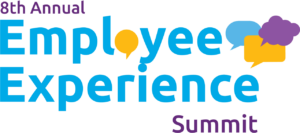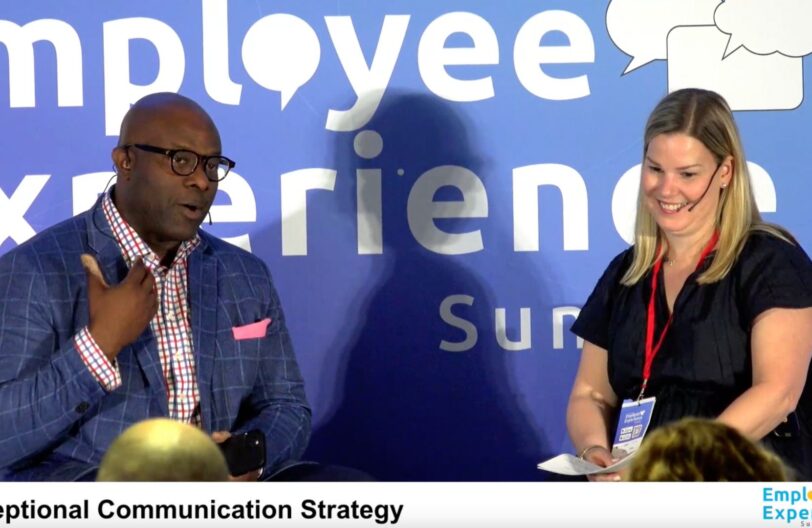Executive Summary:
In an era of unprecedented workplace challenges, organizations must reimagine their approach to employee well-being, engagement, and organizational culture. This comprehensive whitepaper explores a holistic strategy for creating resilient, authentic, and high-performing workplace environments.
SECTION 1: The Current Workplace Landscape
Key Diagnostic Metrics:
Global corporate wellness spending has reached $61 billion, highlighting the significant investment in employee well-being. Alarmingly, 94% of adults report experiencing chronic stress, indicating a widespread issue that necessitates attention. The impact on productivity is notable, with a 30% reduction in sleep quality reported among employees. Furthermore, only 24% of adults are meeting the movement targets set by the CDC, while 73% believe that electronic devices contribute to their stress levels.
Emerging challenges in the workplace further complicate the landscape. Organizations are grappling with the complexities of remote and hybrid work arrangements, a growing mental health crisis, the disconnection brought about by technology, and varying generational expectations within the workplace.
Section 2: The Cost of Inaction
The financial implications of inaction are significant. Burnout-related productivity loss is estimated at a staggering $500 billion annually. Additionally, employee turnover comes with steep costs, ranging from 50% to 200% of an employee’s annual salary for each person lost. This financial burden can be even higher for specialized roles, where replacement costs are often greater.
Beyond immediate financial costs, organizations also face hidden costs such as reduced innovation, decreased collaboration, diminished psychological safety, and erosion of organizational trust. Each of these factors can impede long-term success and sustainability within the workplace.
SECTION 3: The Human-Centric HR Model
Core Principles:
- Holistic Employee Support
Integrating personal and professional development by recognizing a whole-person approach is essential for holistic growth.
- Relationship-Centered Leadership
The manager-employee relationship serves as the primary driver of engagement, while emotional intelligence is recognized as a critical competency.
- Technology-Enabled, Human-Driven Strategies
AI serves as an enablement tool, supporting technology that enhances, rather than replaces, human connection.
Strategic Framework: The RESET Model
R – Relationships
E – Envision (Personal/Professional Growth)
S – Support
E – Elevate (Organizational Values)
T – Trust
SECTION 4: Strategic Implementation Frameworks
Communication Strategy:
Effective communication within an organization hinges on transparent, multi-directional communication channels that facilitate open dialogue among all members. Implementing regular feedback mechanisms ensures that insights are continuously gathered and acted upon, fostering a culture of growth and improvement. Additionally, leadership vulnerability and authenticity play a crucial role in building trust and encouraging team collaboration, allowing individuals to feel valued and understood within the workplace.
Wellness Integration Approach:
- Mental Health Primary Focus
- Low/No-Cost Intervention Strategies
- Nature Integration
- Micro-Break Protocols
- Disconnection Policies
Technology Enablement:
- AI-Powered Process Optimization
- Intelligent Wellness Tracking
- Personalized Employee Experience Platforms
SECTION 5: Implementation Roadmap
Phase 1: Assessment (0-3 Months)
The Organizational Culture Diagnostic helps assess the underlying values and beliefs within a company, while Employee Experience Mapping focuses on understanding the journey and emotions of employees at various touchpoints. Additionally, conducting a Current State Analysis provides insights into the organization’s present performance and challenges, paving the way for targeted improvements.
Phase 2: Design (3-6 Months)
We are implementing customized intervention strategies to address specific needs within our organization. Additionally, we are launching a leadership development program and redesigning our communication protocols to enhance collaboration and effectiveness.
Phase 3: Implementation (6-12 Months)
Implementing a phased rollout of strategies allows for a more manageable transition, ensuring that each step is evaluated for effectiveness. By establishing a continuous feedback loop, teams can gather insights and make iterative improvements, ultimately enhancing the overall outcome of the initiative.
Phase 4: Sustainability (12-24 Months)
Embedded cultural transformation involves integrating new values and practices into the organization’s core identity. To ensure its effectiveness, ongoing measurement is essential, allowing for adaptive strategy refinement based on real-time feedback and performance.
SECTION 6: Measurement and Outcomes
Key Performance Indicators:
- Employee Engagement Scores
- Retention Rates
- Productivity Metrics
- Mental Health & Well-being Indicators
Measurement Tools:
- Quarterly Pulse Surveys
- 360-Degree Feedback
- Predictive Analytics
- Qualitative Impact Assessment
Expected Outcomes:
Organizations can experience a 25-40% improvement in employee engagement and a 30% reduction in burnout-related symptoms. These enhancements contribute to greater organizational resilience and improve talent attraction and retention.
Conclusion:
The future of work demands a radical reimagining of employee experience. By prioritizing human connection, leveraging technology strategically, and creating supportive organizational ecosystems, companies can transform challenges into opportunities for growth and innovation.
Recommended Next Steps:
- Conduct Organizational Diagnostic
- Develop Customized Strategy
- Pilot Program Implementation
- Continuous Learning and Adaptation




